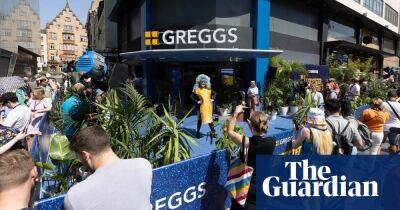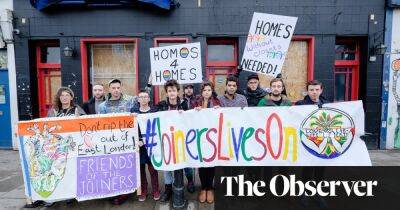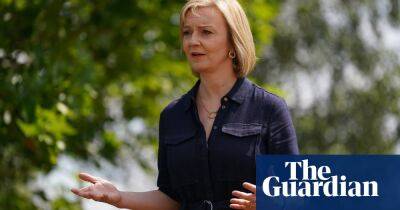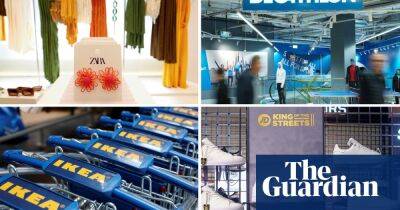‘Back in earnest’: Canary Wharf’s post-Covid comeback almost in full swing
Lino Caboso has been serving jerk chicken and rum punch at Rudie’s Jerk Shack in Canary Wharf since it opened in March 2021, one of several pop-up food stalls in Reuters Plaza, around the corner from the tube station and a park.
This time last year, it was pretty quiet. “We had [less than] 100 customers a day when we opened a year ago.” Speaking on a hot June Thursday, he checks the till and finds that he has already done 600 orders.
In the depths of the Covid pandemic, the number of bankers and other workers commuting to their offices in Canary Wharf slowed to a trickle and the area turned into a ghost town. Since January, the numbers have gone up steadily as Covid restrictions lifted, says Shobi Khan, chief executive of Canary Wharf Group (CWG).
The property company has turned 52 hectares (128 acres) of wasteland in east London’s docklands into a new financial centre in recent decades, with the rival towers of the City, banking’s traditional home, visible in the distance. Canary Wharf now hosts banks such as JP Morgan, Citigroup, Barclays, HSBC and Société Générale as well as the accounting firm KPMG.
Like many firms, KPMG has moved to hybrid working, with almost half of its 16,000 UK staff now visiting the office at least one day a week.
As a result of the shift in commuting patterns, Canary Wharf is still much quieter on Mondays and Fridays, but Khan says the picture is improving. “Every week, people are coming back in earnest – depending on the companies, some are at 70%, some companies are at 50% but it’s continually growing.”
Transport for London (TfL) says trips to the docklands financial hub are at about 70% of pre-pandemic levels, similar to the rest of the tube network. At Canary Wharf station, excluding the new
Read more on theguardian.com














![Decentraland [MANA] halted at psychological $1 mark as it sees a short-term range formation - ambcrypto.com](https://finance-news.co/storage/thumbs_400/img/2022/7/30/35373_lg6m.jpg)
![Curve Finance [CRV] climbs up double digits, but is it enough for the DeFi token? - ambcrypto.com](https://finance-news.co/storage/thumbs_400/img/2022/7/30/35372_oxpt.jpg)







